Tracing the Origin of Masonic Rings
Masonic jewelry serves as a symbol for several time-honored customs. The freemason ring is like a wedding ring, which has a more profound significance than the average accessory. The masonic rings are one piece of ceremonial wear that is both fascinating and enigmatic. Some Freemasons wear them to demonstrate their devotion, while others do so to spread the word about the organization.
The symbolism and heritage of Freemason rings are abundant. To understand the history, we need to learn more about Freemasonry.
A common characterization of Freemasonry is that it is a “beautiful system of morality, veiled in allegory and illustrated by symbols.” Freemasonry infuses these symbols into its teachings by largely drawing inspiration from the instruments used by stonemasons, such as squares and compasses, levels and plumb rules, trowels, and rough and smooth ashlars. Each tool carries moral lessons, although their interpretation may vary among individuals. Masonic practitioners impart the exploration of symbolism through rituals, lectures, and personal insights.
The mason rings have a long history of usage. Men used to wear personalized signet rings to serve as seals on formal papers centuries ago. These “gentleman’s rings” were used to confirm authenticity by pressing wax on envelopes as a seal. They were typically carved with letters or a distinctive pattern (such as a family crest). This served as a personal signature and provided privacy security and can be traced back to Pompey and Caesar. Even though they are no longer for making seals in masonic traditions, the unique masonic rings are nevertheless a symbol of the lodge, the member’s rank, and associations.
Unraveling the Symbolic Elements and Their Meanings of Masonic Rings
Masonic rings incorporate various elements, and each carries its own profound meaning. These meaningful elements incorporated into freemasonry jewelry reflect the deep-rooted traditions and spiritual beliefs cherished by freemasons throughout their symbolic journey. Additionally, they may have complex details and use gold or silver.
- Eye of Providence: A powerful symbol representing the all-seeing eye of God. This iconic eye is a constant reminder that God observes every thought and action of humanity. The Masonic community refers to God as the Great Architect of the Universe. The Masonic Eye of Providence frequently has a semicircular splendor beneath it and is sometimes enclosed in a triangle. It will better emphasize its significance.
- Letter G, Square and Compass: The square symbolizes morality, embodying the essence of the Golden Rule, which encourages treating others with morality. It represents the Masons’ ability to assess their actions based on conscience and moral teachings. Acting “squarely” signifies fairness and integrity in their interactions. The compass draws a distinct line around our desires and passions. It stands for self-control and restraint, which are the cornerstones of morality and knowledge. The letter “G” stands for geometry, the mathematical study that serves as the foundation for both masonry and architecture.
- Coffin: It is mainly in some gothic jewelry, but we can also see it in Masonic culture. It is customary to present a coffin alongside a sprig of Acacia, sometimes adorned with a five-pointed star on its surface. This symbolizes the symbolic death of Mason’s former life, representing a necessary transition before one can fully embark on their Masonic responsibilities.
- Blazing Star: In Freemasonry, the blazing star symbol signifies the profound significance of knowledge and its role in guiding members toward the highest point of their quest for enlightenment and spiritual fulfillment. It serves as a representation of the pinnacle reached in an individual’s Masonic journey.
- Skull: This design is quite popular among bikers such as the prevalent skull biker rings and becoming more and more popular among Freemasons. Although frequently connected with Freemasonry, it is not an official organization emblem. Its expected usage is to represent death and shows the philosophy of “memento mori” (remember death). This philosophy encourages individuals to contemplate their mortality and lead purposeful lives. Within Freemasonry, the enigmatic skull may be a reminder to members to remain conscious of their own mortality and to embrace virtuous conduct. Furthermore, it represents the profound lessons learned about mortality.
- Anchor: The anchor, a symbol of Christian imagery, has also been adopted by Freemasons and carries similar connotations. It represents hope and peace during challenging times. For Freemasons, this symbolism entails adhering to the teachings and values of Freemasonry even in the face of adversity. It ensures that principles of morality, optimism, and tranquility guide their lives.
Wearing Masonic Rings with Dignity: A Guide to Proper Etiquette
The Masonic tradition has a long history and many revered ceremonies. There are regulations in the organization. Members must fully adhere to these guidelines possibly out of respect and consideration for one another. Given how much stress is placed on doing things correctly, you might be wondering how to wear your freemason ring properly. Within the community, there is frequent discussion regarding the proper method to wear. This is partly because each lodge may establish its own policies and guidelines. The decision of how to wear Freemason jewelry depends on individual interpretation. With masonic necklace pendants related to this custom, the rings are frequently the subject of contention.
In general, a single man can typically wear his masonic rings on his wedding finger or third ring finger on the other hand. The third ring finger on the other hand is where married men can wear their rings. Also, wearing your ring on your pinky finger is okay, and as you move up further, it becomes even more acceptable. The compass emblem should only be worn facing you if you are a newer member and wish to show that you are taking the tradition seriously. Besides, Compass legs can be turned to face away from the body for a more advanced or master member, which shows dedication to openly reflect the fraternity.
Conclusion
In conclusion, the custom masonic ring has a long and fascinating history that goes back many centuries. Although combined with more cultural design elements such as a cross, it still honors the tradition behind them. Whether worn for personal reflection or as a means of recognition, the Freemason ring carries a rich heritage that resonates with those who embrace its significance.
Thank you for reading. If you want to read more articles about masonic culture, read here. Or you can just read our previous posts here.
Georgia
Georgia is passionate about the realms of fashion, jewelry, and lifestyle.Her love for these topics has shaped her writing career. She is committed to creating engaging and informative content that resonates with readers from all walks of life. Together, embark on an inspiring adventure!
Recent Posts
A Guide to How to Train Your Dragon Species
06/24/2025How to Style Baggy Jeans
06/17/2025Grunge Aesthetic: A Style Revolution
06/03/2025Categories
Related Articles
Beasts of Norse Mythos: the Legendary Creatures of Viking Lore
Norse mythology is a tapestry of gods, giants, and cosmic battles, but...
ByAlicia02/18/2025A Complete Guide to Skull Symbol
The skull symbol has held a fascination for humanity for centuries, appearing...
ByAlicia11/19/2024God’s Weapon in Norse Mythology
Norse mythology is filled with tales of gods, heroes, and epic battles....
ByAlicia10/15/2024Masonic Symbols in Popular Culture
Most people have heard of Freemasonry, but before we dive into reading...
ByAlicia04/24/2024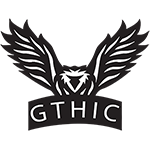

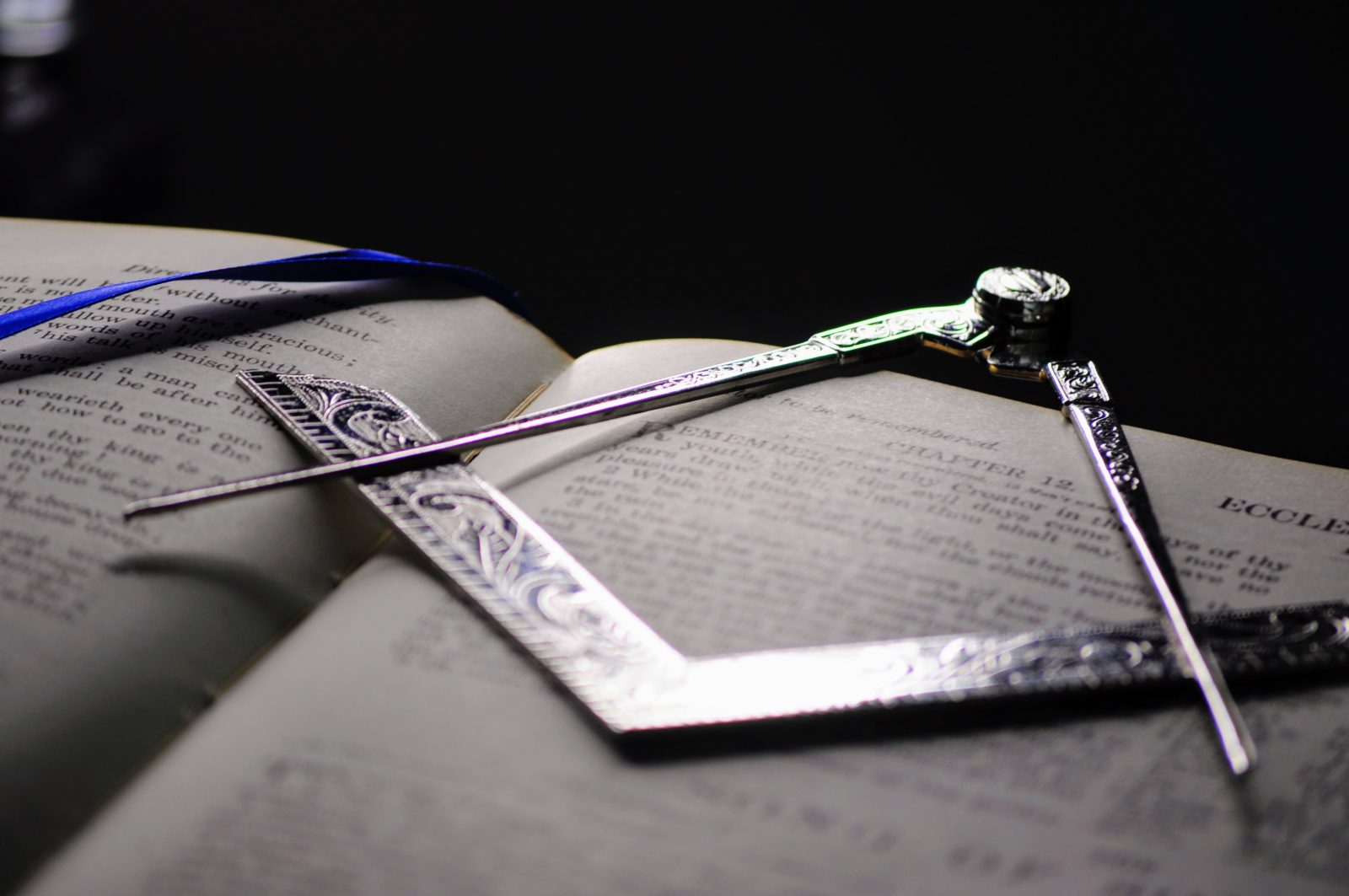
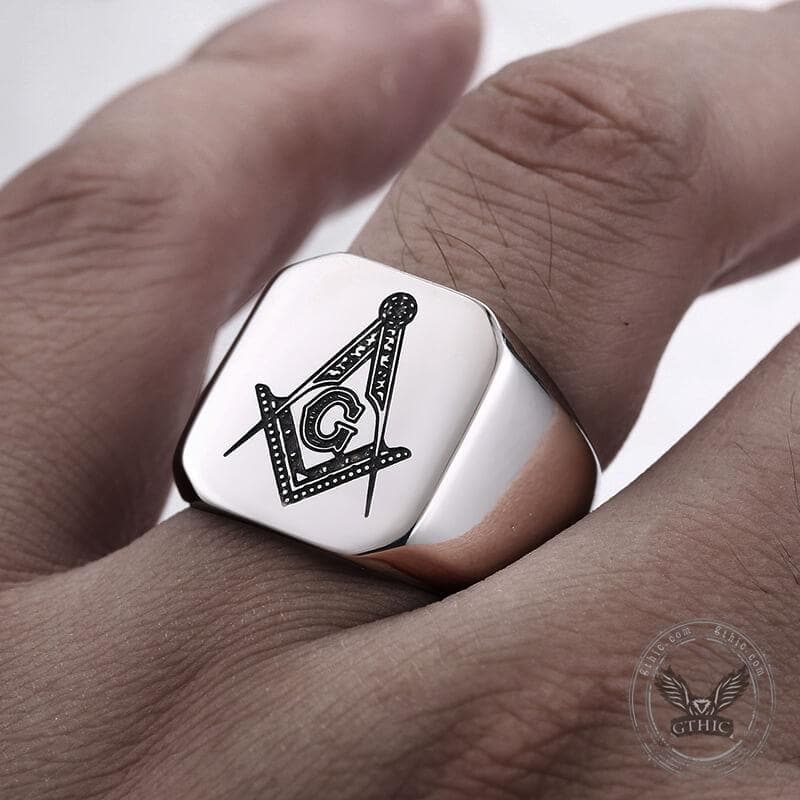
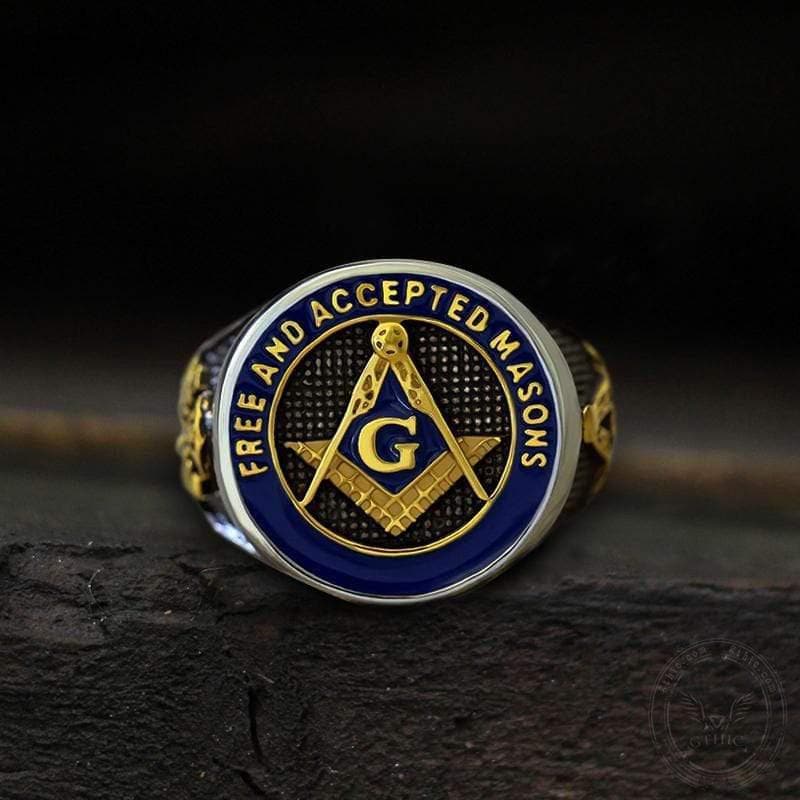
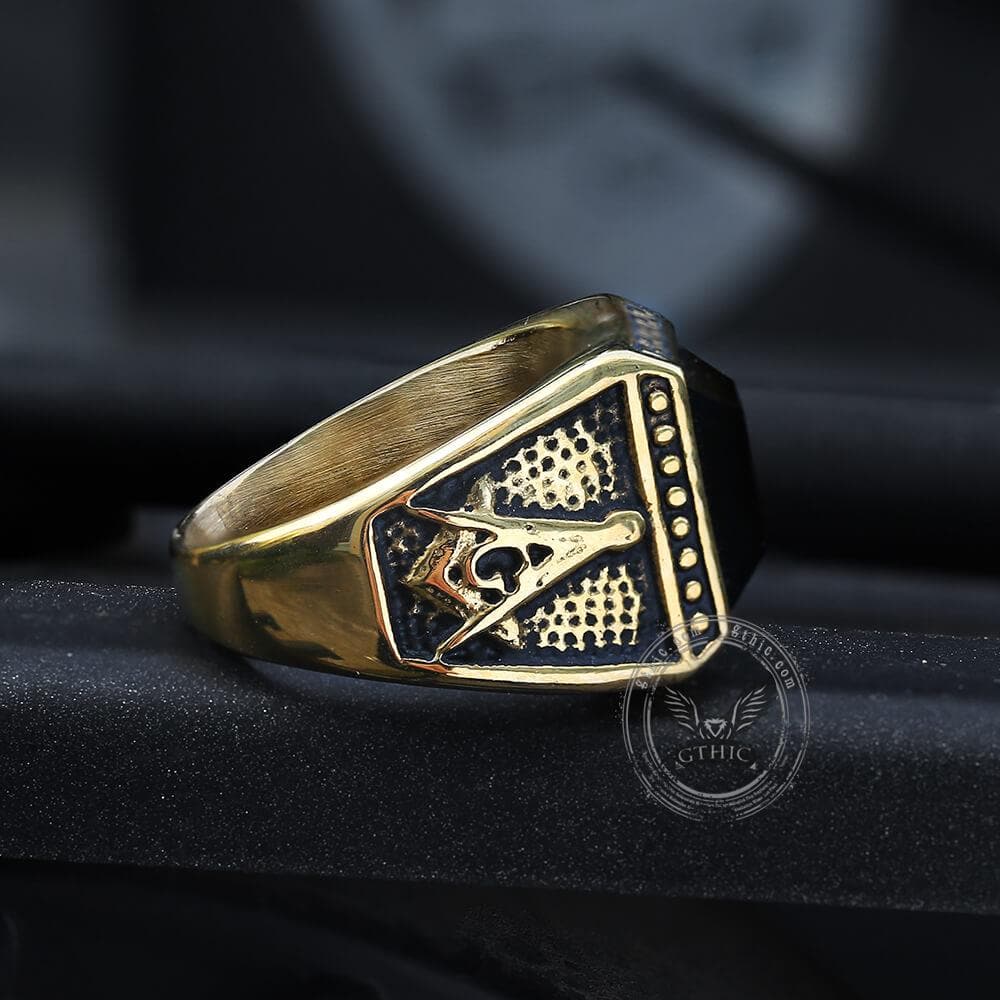
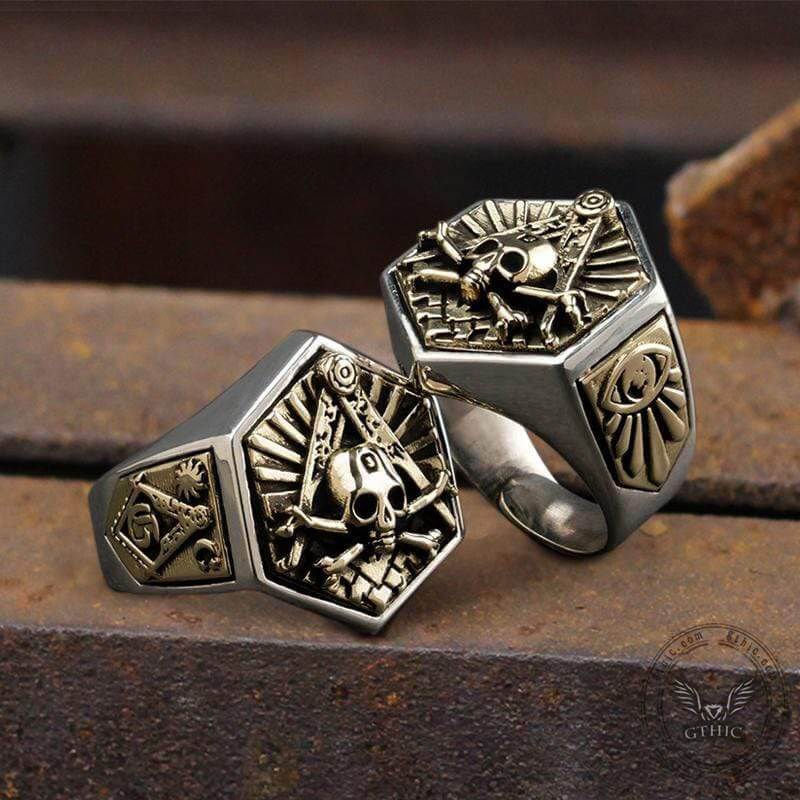






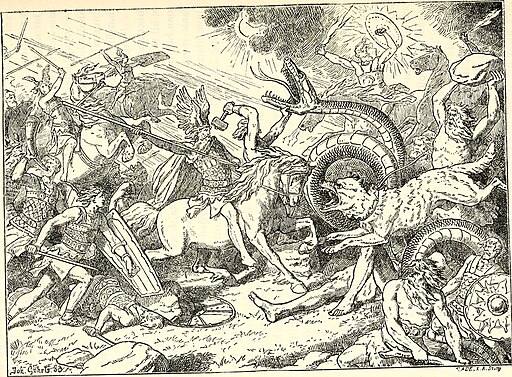
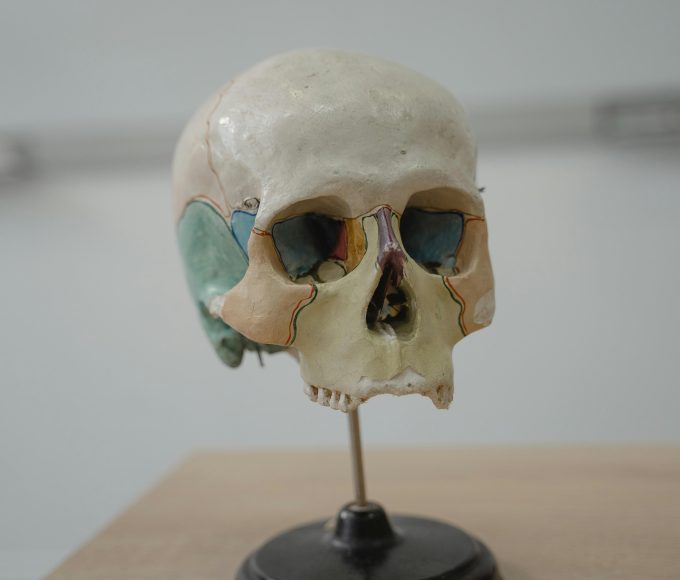
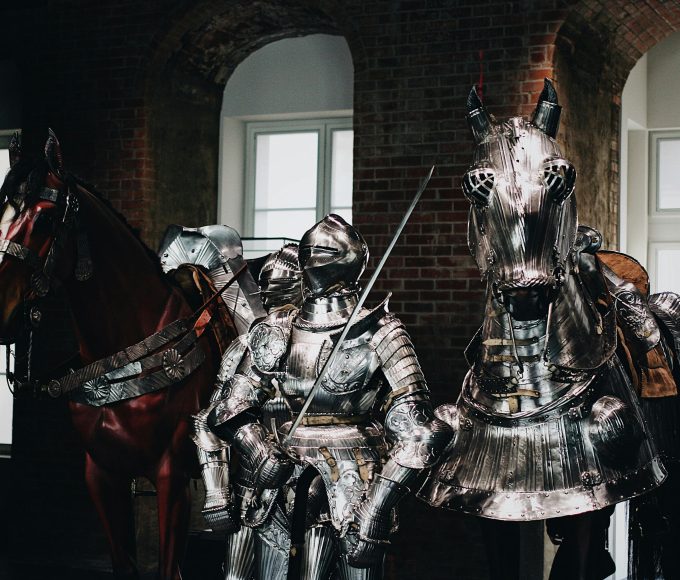

Leave a comment